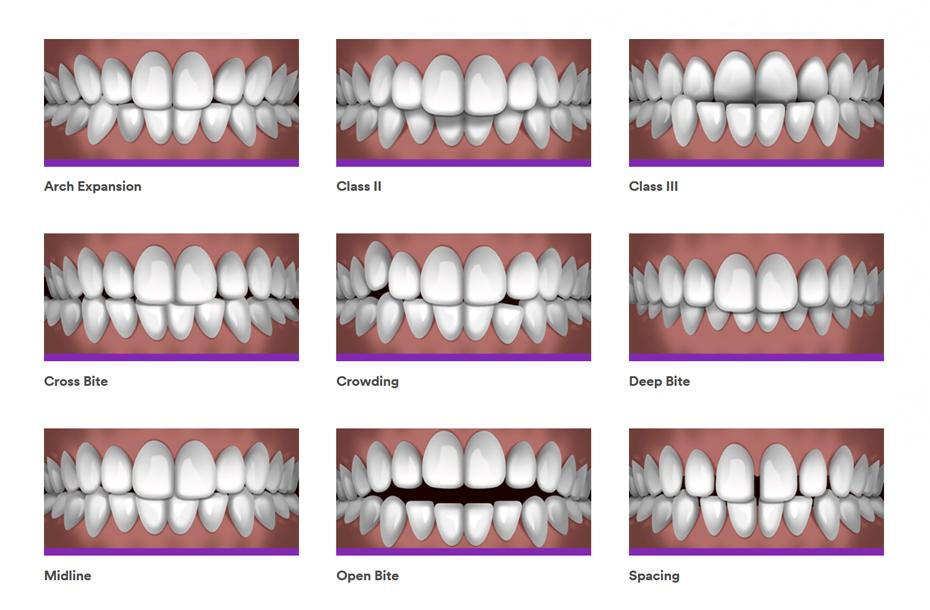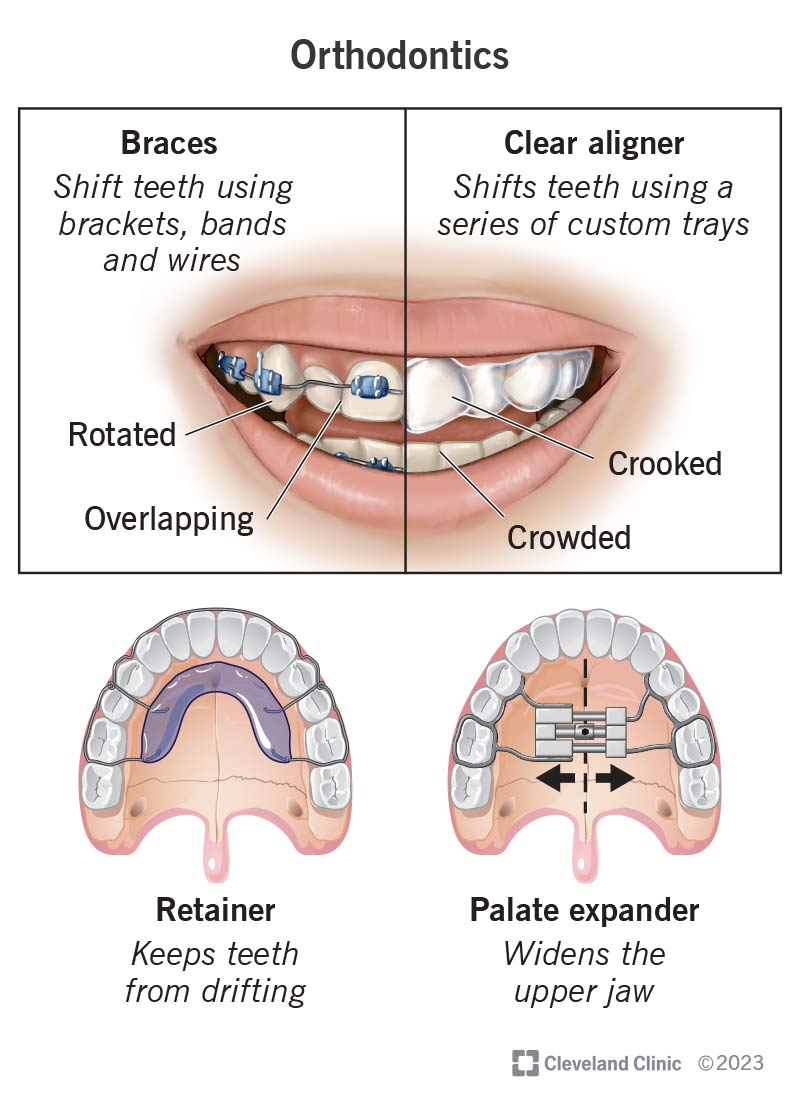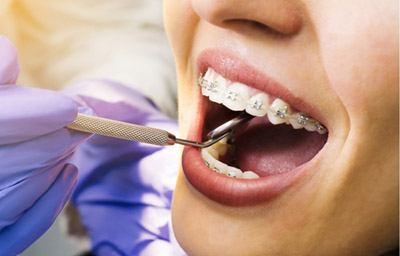Our Causey Orthodontics Ideas
Table of ContentsRumored Buzz on Causey OrthodonticsCausey Orthodontics for DummiesSome Ideas on Causey Orthodontics You Should KnowThe 30-Second Trick For Causey OrthodonticsThe Best Guide To Causey Orthodontics
Ignoring occlusal partnerships, it was typical to get rid of teeth for a range of oral issues, such as malalignment or congestion. The idea of an intact teeth was not commonly appreciated in those days, making bite relationships seem irrelevant. In the late 1800s, the principle of occlusion was vital for creating dependable prosthetic substitute teeth.As these ideas of prosthetic occlusion progressed, it became an important device for dental care. It was in 1890 that the job and effect of Dr. Edwards H. Angle began to be really felt, with his contribution to contemporary orthodontics particularly significant. Focused on prosthodontics, he showed in Pennsylvania and Minnesota prior to routing his attention towards dental occlusion and the therapies required to maintain it as a typical problem, hence coming to be known as the "dad of modern-day orthodontics".

The principle of excellent occlusion, as proposed by Angle and integrated into a category system, made it possible for a change towards treating malocclusion, which is any deviation from normal occlusion. Having a full set of teeth on both arches was highly looked for after in orthodontic therapy due to the requirement for specific partnerships between them.
10 Easy Facts About Causey Orthodontics Shown
As occlusion came to be the vital top priority, facial percentages and looks were neglected - orthodontist services. To accomplish ideal occlusals without utilizing exterior forces, Angle postulated that having best occlusion was the most effective method to obtain optimum facial aesthetic appeals. With the passing away of time, it became rather obvious that also an outstanding occlusion was not ideal when considered from an aesthetic perspective
Charles Tweed in America and Raymond Begg in Australia (who both examined under Angle) re-introduced dental care removal right into orthodontics throughout the 1940s and 1950s so they can boost face esthetics while additionally ensuring better stability concerning occlusal connections. In the postwar duration, cephalometric radiography begun to be used by orthodontists for determining modifications in tooth and jaw placement brought on by development and therapy. It became obvious that orthodontic treatment might change mandibular growth, leading to the development of useful jaw orthopedics in Europe and extraoral pressure actions in the United States. These days, both useful home appliances and extraoral tools are used around the globe with the goal of modifying growth patterns and types. Seeking real, or at the very least improved, jaw partnerships had actually become the primary objective of therapy by the mid-20th century.
The Definitive Guide for Causey Orthodontics
 Up until the mid-1970s, dental braces were made by wrapping steel around each tooth. https://www.instructables.com/member/causeyortho7/?cb=1722437806., it became feasible to instead bond steel brackets to the teeth.
Up until the mid-1970s, dental braces were made by wrapping steel around each tooth. https://www.instructables.com/member/causeyortho7/?cb=1722437806., it became feasible to instead bond steel brackets to the teeth.Andrews offered an informative definition of the excellent occlusion in long-term teeth. This has actually had meaningful impacts on orthodontic treatments that are provided routinely, and these are: 1. Appropriate interarchal connections 2. Appropriate crown angulation (idea) 3. Appropriate crown inclination (torque) 4. No rotations 5. Tight get in touch with factors 6. Apartment Contour of Spee (0.02.5 mm), and based upon these concepts, he uncovered a therapy system called the straight-wire device system, or the pre-adjusted edgewise system.
The advantage of the style depends on its brace and archwire mix, which calls for just marginal cord flexing from the orthodontist or clinician (family orthodontics). It's appropriately called after this function: the angle of the port and thickness of the bracket base ultimately identify where each tooth is situated with little need for extra manipulation
Rumored Buzz on Causey Orthodontics
Both of these systems used similar braces for each and every tooth and demanded the flexing of an archwire in three planes for finding teeth in their preferred placements, with these bends dictating ultimate positionings. When it comes to orthodontic appliances, they are divided into two types: removable and dealt with. Removable appliances can be handled and off by the individual as called for.

Thus, nearly all modern set devices can be taken into consideration variants on this edgewise home appliance system. Early 20th-century orthodontist Edward Angle made a significant contribution to the world of dentistry. He developed 4 unique appliance systems that have actually been made use of as the basis for several orthodontic treatments today, disallowing a few exceptions.
Little Known Questions About Causey Orthodontics.

The wire finished in a thread, and to move it forward, a flexible nut was made use of, which permitted a boost in circumference. By ligation, each specific tooth was affixed to this extensive archwire (orthodontist expert). Due to its minimal variety of movement, Angle was unable to accomplish exact tooth positioning with an E-arch
These tubes held a firm pin, which might be repositioned at each visit in order to move them in position. Called the "bone-growing appliance", this gizmo was thought to urge much healthier bone growth as a result of its possibility for transferring pressure directly to the roots. Applying it verified problematic in fact.
Comments on “What Does Causey Orthodontics Mean?”